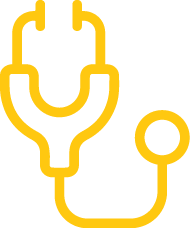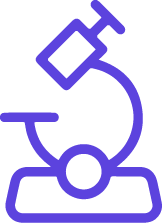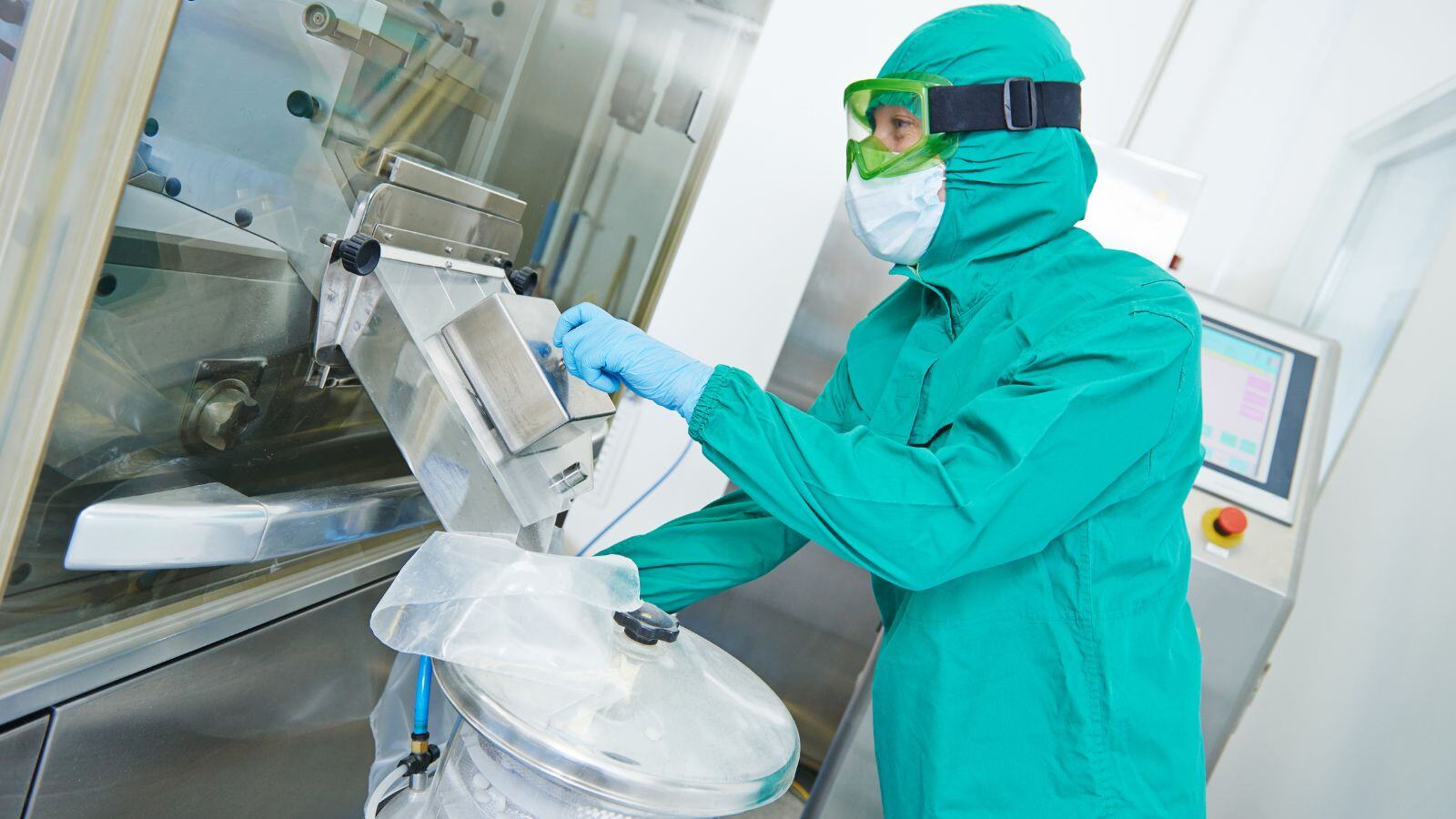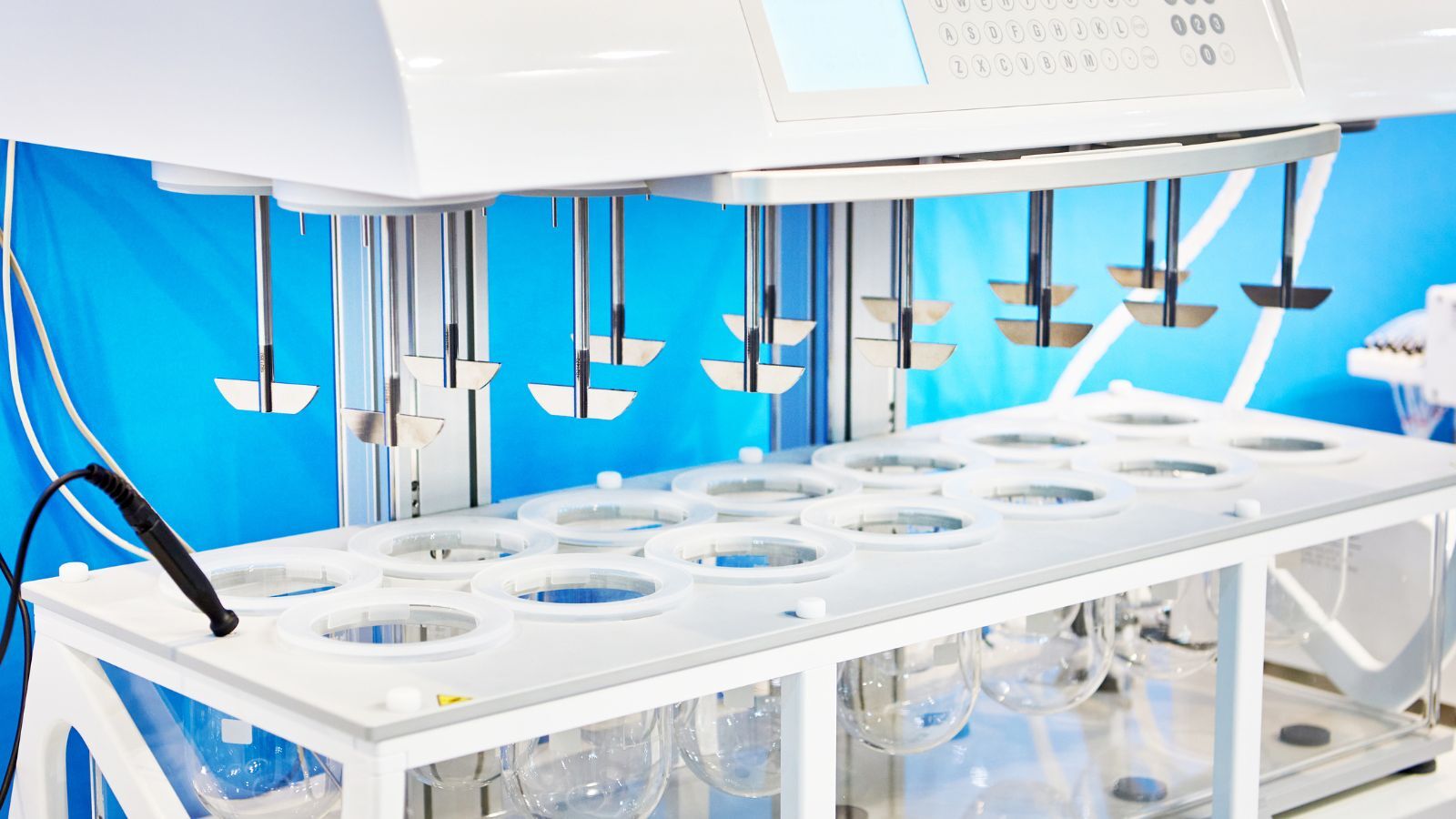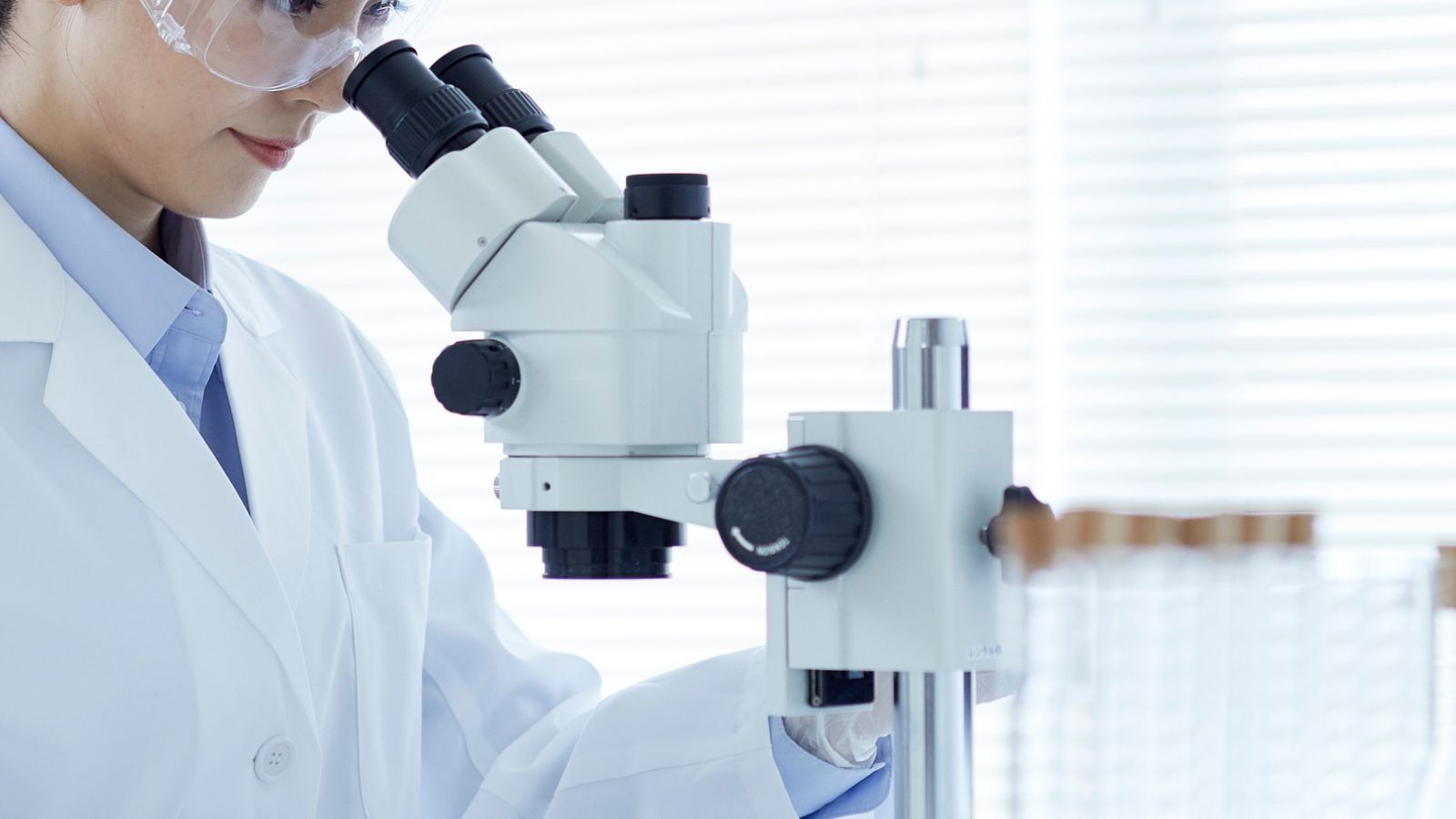Ensuring the safety of authorised medicines doesn’t happen by accident. It takes a well-structured system with clearly defined responsibilities, trained professionals, and a robust quality framework. That’s why a solid quality system is at the heart of any effective pharmacovigilance (PV) strategy.
In this blog post, we explore the essential components of a PV quality system and explain how it supports compliance, safety, and continuous improvement.
Why quality matters in pharmacovigilance
According to Module I of the Good Pharmacovigilance Practice (GVP), a pharmacovigilance system is designed to fulfil statutory PV responsibilities and monitor the safety of medicinal products on the market. The ultimate goal? Detect changes in the benefit-risk profile and ensure that the benefits of a medicine continue to outweigh the risks.
But reaching this goal requires more than monitoring safety data. It demands a strong, fit-for-purpose quality system that:
- Ensures compliance with pharmacovigilance legislation
- Minimises risk of harm from adverse reactions
- Promotes safe and effective use of medicines
- Supports public health through timely safety communication
Core elements of a pharmacovigilance quality system
A good quality system is more than a set of procedures—it’s a tool for prevention, continuous improvement, and accountability. Some key components include:
1. Trained and qualified personnel
Pharmacovigilance responsibilities must be carried out by people with the right skills and knowledge. That’s why every PV team should have a training plan tailored to the specific needs of the organisation. This ensures consistent performance and up-to-date expertise.
2. Performance monitoring and continuous improvement
How do you know your PV system is working? By monitoring it. Quality indicators should be defined and tracked regularly. In addition, planned audits help assess whether the PV system meets its goals and where improvements can be made.
3. Comprehensive documentation
Traceability is key. All activities, processes, and results must be clearly documented—not just for compliance, but to provide evidence of consistent performance and support data-driven decisions.
4. Standardised procedures
Every activity must be described in procedures and work instructions to ensure it is always performed in the same way, regardless of who is executing it. This helps reduce variation and prevents errors.
5. Risk-based continuity planning
Interruptions in PV activities can have serious consequences. Risk-based business continuity plans help ensure critical pharmacovigilance tasks continue even during disruptions.
Together, these elements ensure that PV systems are not only compliant, but also resilient, transparent, and continuously improving.
Quality drives safety and trust
Working with medicinal products carries a high level of responsibility. The quality of your processes directly impacts the safety of patients and the public. That’s why designing and maintaining a solid quality system is not just a regulatory obligation; it’s a commitment to patient protection.
How QbD Group can support you
At QbD Group, we believe that quality systems are the foundation of good pharmacovigilance. We not only maintain our own high standards internally, but we also support our clients in building, optimizing, and maintaining their PV systems to meet regulatory and operational expectations.
Need help with setting up or improving your pharmacovigilance quality system? Let’s talk about how we can support your PV quality system, whether you’re starting from scratch or refining an existing one.




